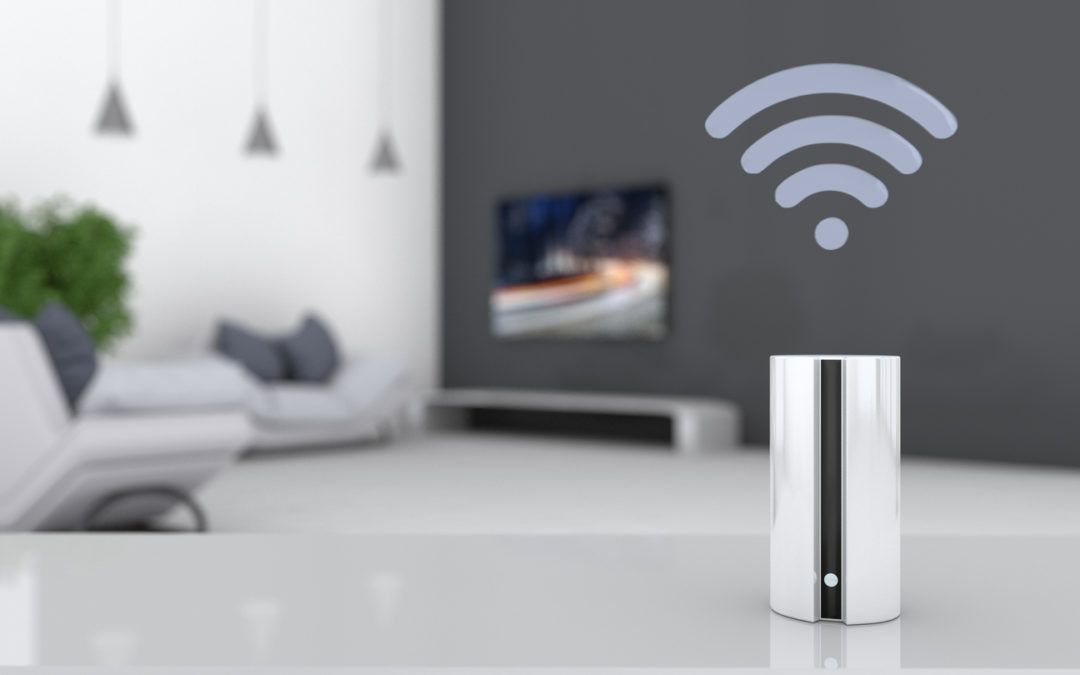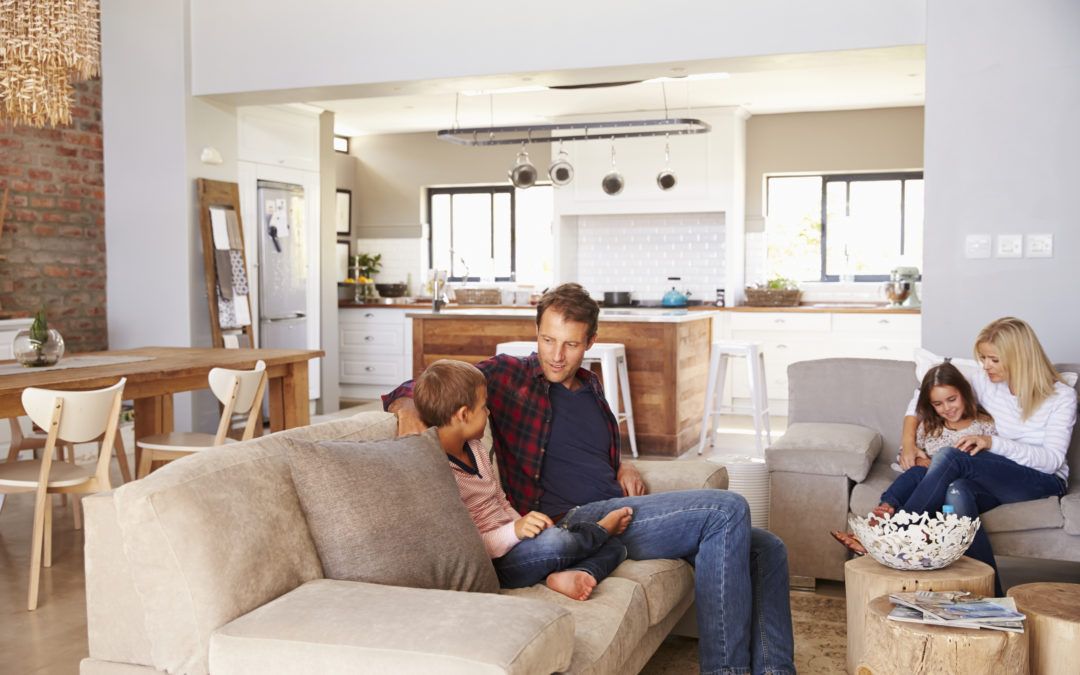Smart homes, by definition, connect internet–enabled devices to seamlessly enhance every part of our daily routine. Thanks to this technology shift, home security systems have become more interactive too. Now, apps can help manage the whole alarm system remotely, and control household appliances.
Today, security systems allow home owners to watch real-time video feeds of their home, check-in on their kids coming home from school, and see what pets are up to when nobody’s there. Whether you’re at work or on holidays, ADT Security’s lifestyle cameras can be set up to be triggered by motion in the home and have the ability to send a short video clip straight to your smart phone.
As smart home technology becomes more sophisticated, we take a look at what’s in store in the not too distant future.
Smarter living
Creating a connected home that can automate daily tasks, such as turning on the coffee machine from the comfort of your bed, or switching the washing machine on so a completed cycle is ready when you get home, is convenient and suits our increasingly busy lives. The ‘smart plugs’ that ADT offers use Z-Wave technology to remotely turn lamps and select appliances on and off via the dedicated ADT app.
In the future, artificial intelligence (AI)[1] will respond to your behaviour and automate the home to meet your needs. For instance, it can learn when you are expected to return home from work and automatically heat the home to your preferred temperature, open the garage door and switch on the lights.
Smarter detection
Video analytics will become integral to smart home security using facial recognition and other intelligent detection features to improve home security. The ability to track and analyse movement can help to accurately recognise people, a package that’s been delivered, cats and dogs, and even specific activities like falling and breathing[2].
While video analytics and facial recognition technology are not new, their capabilities have been restricted to mainstream homeowners due to the large data storage requirements. However, with the expansion of the cloud, the ability to integrate video analytics and AI capabilities into smart homes will become more widely accessible.
What’s next?
Along with the advances in security systems, enhancing a home’s usability and efficiency will be the driving force behind the smart homes of the future.
[1] https://www.iotevolutionworld.com/smart-home/articles/438395-building-smarter-connected-homes-with-machine-learning.htm
[2] https://www.cepro.com/article/isc_west_2018_preview_trends_security_home_automation_iot





